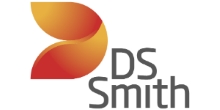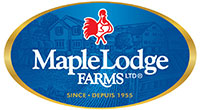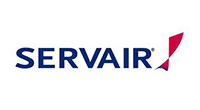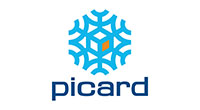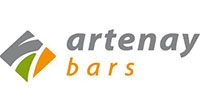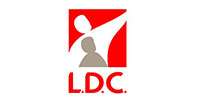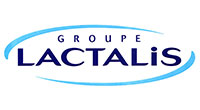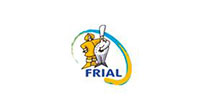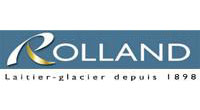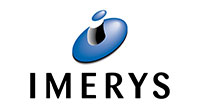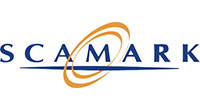
Safety Data Sheets (SDS), also known as Material Safety Datasheet (MSDS), are an essential component of the Globally Harmonized System of Classification and Labeling of Chemicals (GHS). Created by the United Nation in order to standardize classification and labeling of chemical substances and mixtures, it is now a reference for many countries. In the USA, SDS are regulated by the the Occupational Safety and Health Administration (OSHA) under the Harmonized Communication Standard (HCS) since 2012. Canada has launched it in 2015 under the Hazardous Products Regulations (HPR) and the European Union in 2008 under REACH regulations. They have all agreed with the GHS but with some differences and adjustments.
Safety Data Sheet : What it is?
Safety Data Sheets (SDS) contain information on potential health hazards associated with exposure to chemicals or other substances that are potentially hazardous. It specifies the composition of a chemical (substance or mixture), identifies hazards, recommends preventive measures (collective and individual) and first aid. In other words, it is a crucial piece of documentation for the health and well-being of consumers.
SDSs include several documents about the hazard of a product and advise users on its safety precautions. Most of the time, they are written by manufacturers or products’ supplier and have to be made accessible to every person in contact with the hazardous chemical. The Global Harmonized System defines basic requirements of the SDS with local regulation adjustments.
What are SDS obligations?
The Safety Data Sheet must:
- Be supplied with the product at the time of delivery
- Be written in under 15 to 16 chapters – depends on the country of commercialization
- Be accessible to the employees of the company and to the committee on health, safety and working conditions.*
SDS : are all products affected?
No! Industries have an obligation to publish product risk assessment reports. However, the Safety Data Sheet does not oblige the supplier to transmit this form at the end-user stage, including professional, for certain products such as:
- Medicines for human or veterinary use,
- Medical devices that are invasive or in direct contact with the human body,
- Food or feed, additives or flavorings
SDS details per region
| USA | CANADA | EUROPEAN UNION | |
| Supervised by | OSHA | WHMIS | REACH Regulation |
| In force since | 2012 | 2015 | 2008 (last update) |
| Language | English | English and French | Of the destinations country |
| Section 1 : Identification | X | X | X |
| Section 2 : Hazard identification | X | X | X |
| Section 3 : Ingredients information | X | X | X |
| Section 4 : First-aid measures | X | X | X |
| Section 5 : Fire-fighting measures | X | X | X |
| Section 6 : Accidental release measures | X | X | X |
| Section 7 : Handling and storage | X | X | X |
| Section 8 : Exposure controls | X | X | X |
| Section 9 : Physical and chemical properties | X | X | X |
| Section 10 : Stability and reactivity | X | X | X |
| Section 11 : Toxicological information | X | X | X |
| Section 12 : Ecological information | Optional | Optional | X |
| Section 13 : Disposal considerations | Optional | Optional | X |
| Section 14 : Transport information | Optional | Optional | X |
| Section 15 : Regulatory information | Optional | Optional | X |
| Section 16 : Other information | X | X | X |
Managing all the SDSs can be complex and time consuming. All of them need to stored and easy accessible if required. With Lascom PLM, all the SDSs can be dematerialized, attached to the right product and accessible by authorized users.




